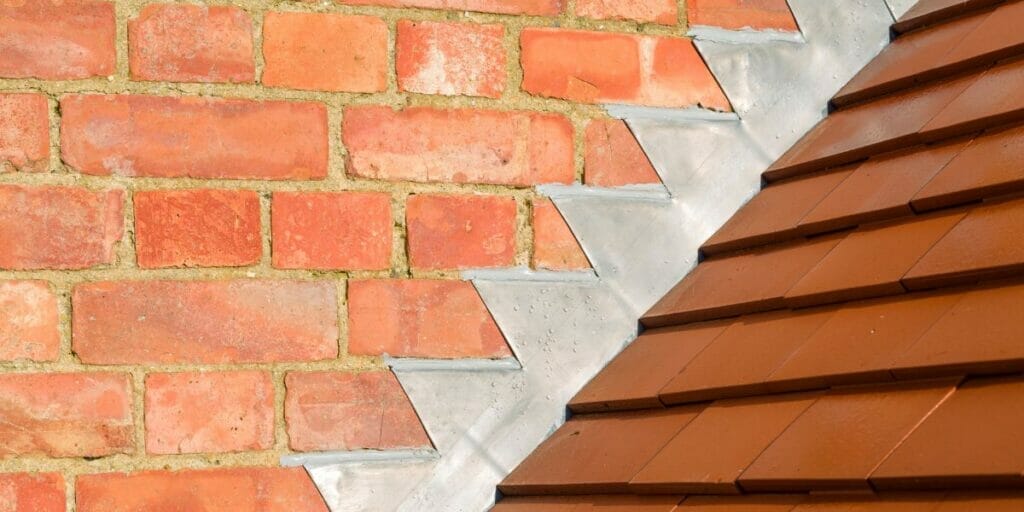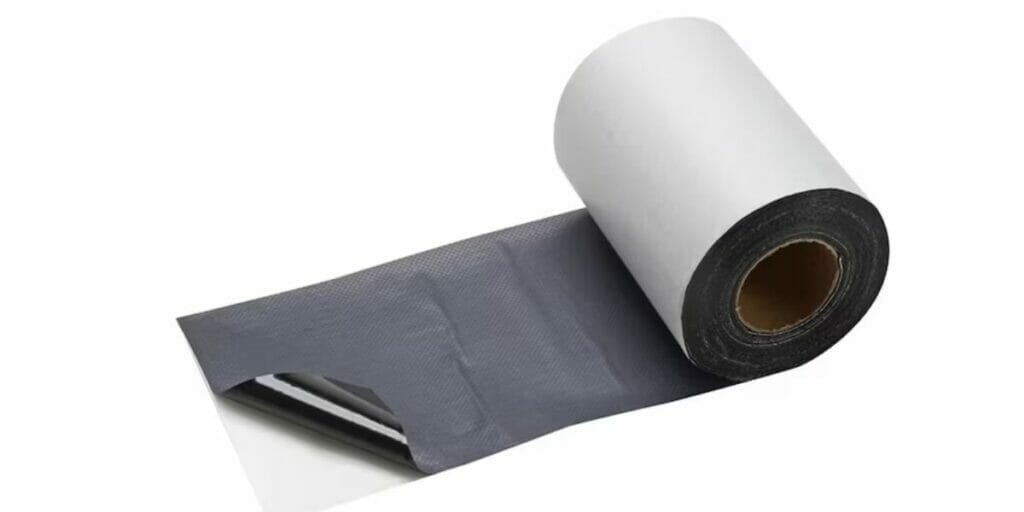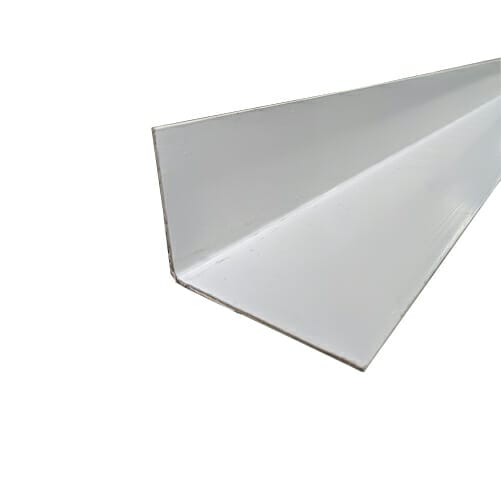When it comes to the longevity and effectiveness of your roofing system, selecting the right roof flashing materials is crucial. Roof flashing acts as a barrier that protects your roof from water infiltration and prevents potential leaks and structural damage. However, due to the overwhelming range of flashing materials available on the market, it can take a lot of work for homeowners and professionals alike to choose the most suitable option.
To ensure a successful roofing project, it is essential to understand the specific requirements of your roof and select the appropriate flashing material accordingly. In this article, we aim to provide valuable tips and insights to help you confidently navigate the selection process. Following these guidelines will equip you with the knowledge necessary to choose the right roof flashing material for your unique roofing system. So, let us delve into the topic and discover the key considerations that will lead you to make an informed decision, ensuring a durable and watertight roof.
Understanding Roof Flashing
Roof flashing is a specialized material or component used on roofing systems. It aims to create a watertight seal and prevent leaks at vulnerable areas where different roof sections meet or intersect. It is primarily responsible for directing water away from critical junctions, such as those found around chimneys, vents, skylights, valleys, and roof edges, as these are the areas in which water penetration is most likely to occur.
The flashing on a roof serves two purposes:
- To prevent water damage to the structure of the building
- To ensure that the roofing system’s integrity is not compromised
Types of Roof Flashing Materials
👉🏼Metal Flashing

Metal such as aluminum, copper, or galvanized steel are often used for flashing because they are durable and weather resistant. They are available in different styles, such as step flashing, drip edge flashing, valley flashing, and chimney flashing.
Factors To Consider
When using metal flashing in different climates, several considerations should be taken into account:
Temperature Range: Consider the region’s weather to ensure metal flashing can withstand extreme heat or cold.
Corrosion Resistance: In humid, coastal, or other corrosive environments, choose corrosion-resistant metals like stainless steel, copper, or aluminum.
Thermal Conductivity: Consider insulation and ventilation to manage heat transfer, especially in hot climates, due to metal flashing’s high thermal conductivity.
Expansion and Contraction: Choose a metal flashing material that will expand and contract with temperature changes in your area. This will prevent damage, detachment, and cracking of the flashing.
Snow and Ice Accumulation: Ensure that the type of metal you choose will be able to handle being covered by snow and ice if your area frequently receives such weather conditions.
Professional Installation: Hire experienced roofing professionals to ensure proper installation, alignment, and building code compliance to avoid water leakage.
Used For:
- Valleys
- Chimneys and skylights
- Roof-to-wall intersections
- Drip edges
- Vent pipes and exhaust fans
👉🏼Rubberized Asphalt Flashing

This type of flashing is made from a combination of rubber and asphalt, which creates a flexible and waterproof barrier. Rubberized asphalt flashing is often used to seal roof penetrations like vent pipes and exhaust fans.
Factors to Consider
When choosing rubberized asphalt flashing, remember to keep these factors in mind:
Temperature Ranges: Rubberized asphalt flashing is flexible and can withstand cold climates and high temperatures.
UV Exposure: In areas prone to frequent sunlight, UV-resistant coatings protect rubberized asphalt flashing from UV degradation.
Moisture and Rainfall: In regions with heavy rainfall or high moisture levels, proper installation and maintenance are essential to ensure water resistance and prevent water damage.
Professional Installation: Ensure correct installation by working with experienced roofing professionals to achieve a long-lasting seal against water intrusion.
Used For:
- Roof penetrations
- Step flashing
- Pipe boots
👉🏼PVC Flashing

PVC flashing materials are lightweight, easy to install, and affordable. They are used for low-slope or flat roofs and come in roll flashing, vent pipe boots, and corner flashing. PVC flashing is a popular choice because it resists UV rays and weathering.
Factors to Consider
If you’re using PVC flashing, several factors should be taken into account:
Temperature Range: PVC flashing works well in a wide temperature range. It stays stable in both hot and cold weather, but to ensure durability and performance, extreme temperature fluctuations should be considered.
UV Exposure: PVC flashing can degrade in sunny areas, but UV-resistant coatings are available.
Moisture and Rainfall: Heavy rainfall or high moisture levels require the proper installation and maintenance of PVC flashing to prevent water damage.
Professional Installation: Experienced roofing professionals correctly place, secure, and integrate roofing components. This ensures PVC flashing system effectiveness.
Used For:
Roof penetrations
Window and door openings
Drip edges
Transition areas
👉🏼Bituminous Flashing
Flashing made of bitumen, a sticky substance reinforced with various fibers, is known as bituminous flashing. It serves both as a sealant and a waterproofing component in roofing systems.
Factors to Consider
When using bituminous flashing in various climates, take into account these several considerations:
Temperature Range: Bituminous flashing works well in moderate temperatures and should not be used in extremely cold areas.
UV Exposure: In sunny regions, bituminous flashing can degrade over time. Choose UV-resistant bituminous flashing or apply protective coatings to prolong its life.
Rain and Moisture: Bituminous flashing is waterproof, however, proper installation and maintenance are essential in areas with heavy rainfall or high moisture levels to ensure water resistance and prevent water damage.
Professional Installation: Bituminous flashing performs best when installed by experienced roofing professionals.
Used For:
Roof penetrations
Valleys
Flat roofing systems
Flashing repair and patching
👉🏼Liquid-Applied Flashing

Liquid-applied flashing is a versatile liquid or paste and can be used on any odd roof angles or shapes. It can be applied to seams, gaps, and joints to create a seamless and customized flashing solution.
Factors to Consider
When utilizing liquid-applied flashing, take these several factors into account:
Roof Transitions: Liquid-applied flashing is suitable for transition areas where different roof slopes, materials, or surfaces meet.
Flashing Repair and Patching: Due to its versatility and ease of installation, liquid-applied flashing is often used to repair or patch existing flashing.
Irregular Roof Shapes: This type of flashing is ideal for sealing irregular roof shapes or areas where traditional flashing materials may be challenging to install effectively.
Used For:
Roof penetrations
Roof transitions
As flashing repair and patching
Irregular roof shapes
Factors to Consider Before Choosing Roof Flashing Materials
Climate and Weather Conditions
When choosing roof flashing materials, it’s important to consider your area’s climate and weather patterns. All materials handle extreme levels of heat, cold, moisture, and UV rays differently. For long-term effectiveness and durability, it’s important to choose flashing materials that can stand up to the weather in your area.
Roofing Materials and Compatibility
The flashing you select must suit your current or planned roofing materials. Shingles, metal panels, and tiles require slightly different types of flashing to ensure a watertight seal. Ensure the flashing materials you choose are appropriate and compatible with the roofing materials you intend to use.
Longevity and Durability
It is crucial to think about how long the flashing materials will last. Because of its durability and resistance to corrosion, metal flashing (typically made from copper or aluminum) is ideal for providing long-term protection. Rubberized and liquid-applied flashing materials also offer durability and flexibility. Make sure you select a material that will last in your area.
Aesthetics and Architectural Considerations
Aesthetics and architecture are just as important as functionality. The flashing you choose should complement your roof and home’s overall design and appearance. Metal and plastic flashing have distinct visual qualities that can enhance or detract from architectural style. So it is always advised to choose a flashing that matches your home’s aesthetic.
Budgetary Constraints and Cost-Effectiveness
A budget should be considered when selecting roof flashing materials. Finding a balance between cost and quality is crucial when using different materials. Compare the materials’ initial price to their lifespan and maintenance requirements to determine how much you’ll save over time. Cheaper materials may have a less expensive cost upfront, but may only last for a short time, necessitating replacement quickly.
Final Thoughts
For a reliable and long-lasting roofing system, choosing the right roof flashing materials is important. Proper flashing prevents leaks and water damage to chimneys and skylights. By making an informed decision and investing in high-quality flashing, homeowners can ensure the integrity and durability of their roofs, providing peace of mind and protection for years to come. It’s a small decision, but choosing the right flashing material is important.
If you need help with inspecting, repairing, or maintaining your roof flashing, ReNew Roofing is here to help. Our experienced team will identify the best possible flashing material for your roofing system, providing tailored solutions to your needs. Trust ReNew Roofing to keep your home’s roof system in optimal condition, ensuring a safe and efficient roof for years to come. Call us today at (813) 400-3329!






